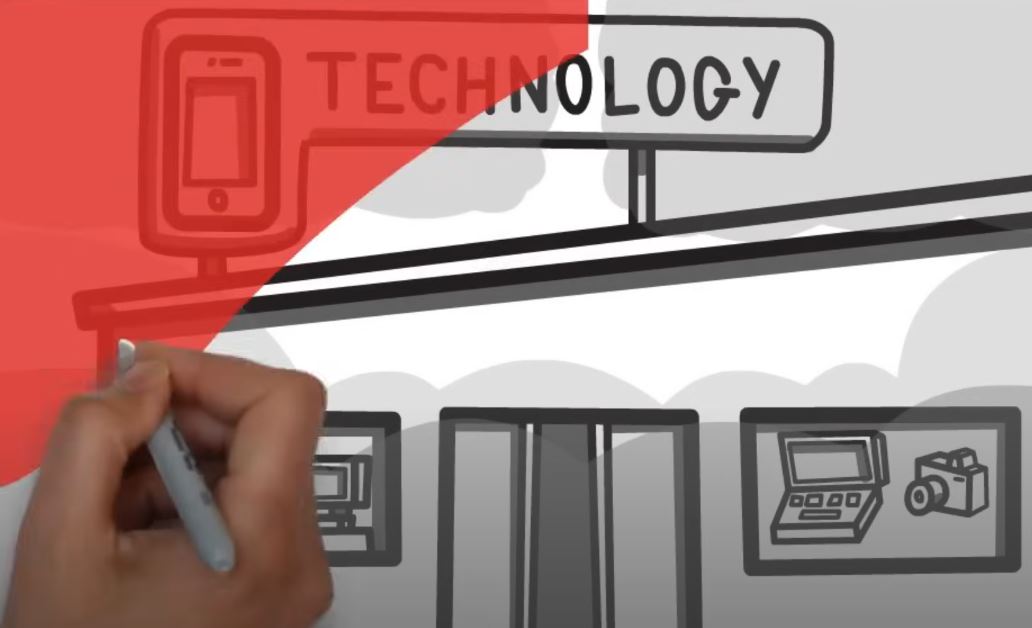How to Start a Small Business That Doesn’t Fail and Makes You Financially Free in 2024
Starting a small business is a thrilling journey, but it comes with its own set of challenges. Statistics show that 50% of small businesses fail within their first year, and 75% of those that pass the first year fail in the next five years. So, how can you beat these odds? How can you create a business that runs smoothly and gives you the time and money to enjoy life?
This guide is inspired by Michael E. Gerber's book The E-Myth Revisited: Why Most Small Businesses Don't Work and What to Do About It. If you're thinking about starting a business or have already started but feel stressed and busy all the time, this guide is for you.
Part One: The Fatal Assumption
Imagine this: You work for a company, you’re great at your job, and one day, you think, "Why am I working for this idiot boss? I know the job better than he does. Why don't I start my own business and be my own boss?" The excitement of being your own boss and becoming independent is irresistible, so you start your business.
But here's the thing: You didn't realize that you were about to go from hating your "idiot boss" to becoming the "idiot boss" yourself. This happens because of a fatal assumption: that the technical work of a business and a business that does that technical work are one and the same. Just because you are skilled at a technical task doesn't mean you know how to run a business that performs that task.
Most people, including myself, start a business this way, believing their technical expertise will carry them through. Unfortunately, this is a recipe for failure. Here’s why: When the technician (you) falls prey to this assumption, the business that was supposed to free you enslaves you. You go from doing one job well to doing multiple jobs poorly. This results in exhaustion, stress, and eventual failure.
Part Two: The Entrepreneur, Manager, and Technician
Everyone who goes into business is really three people in one: an Entrepreneur, a Manager, and a Technician. Understanding the differences between these roles is crucial.
-
The Entrepreneuris the visionary, the dreamer. They live in the future, always innovating and looking for new opportunities.
-
The Manageris the planner, organizer, and stabilizer. They live in the past, bringing order and structure to chaos.
-
The Technicianis the doer. They live in the present, focusing on getting the work done and solving immediate problems.
These three roles often conflict with each other, creating a battle within the business owner. Balancing these roles is key to business success.
Part Three: Three Phases of a Business
Businesses grow through three stages: Infancy, Adolescence, and Maturity.
1. Infancy: The Technician's Phase
In this phase, you do everything yourself. You work long hours, juggling multiple tasks, and quickly become overwhelmed. This phase ends when you realize the business cannot continue to run this way.
2. Adolescence: The Manager's Phase
You seek help by hiring employees. However, if you don't manage them properly, chaos ensues. You might end up doing everything yourself again, leading to burnout.
3. Maturity
Maturity is not the result of passing through the previous two phases. You can start as a mature company from day one by having an entrepreneurial perspective. A mature business is one that operates with a clear vision, a system in place, and the ability to run without the owner’s constant presence.
Part Four: Franchise Prototype Model
The franchise prototype model is about creating a business that works without you, much like a franchise. This model focuses on building a system-dependent business, not a people-dependent one.
Steps to Create a Franchise Prototype Model:
-
Change Your Perspective: See your business as a product and work on it, not just in it.
-
Systematize: Create detailed job descriptions, how-to manuals, and checklists for every task.
-
Test and Improve: Continuously seek ways to improve how the business operates and serves its customers.
Example:
If you're opening a cake shop, every position should have a detailed job description. Bakers should have clear guidelines on baking cakes, and every step should be documented to ensure consistency.
Part Five: Business Development Process
This process consists of three steps: Innovation, Quantification, and Orchestration.
1. Innovation
Ask yourself what systems can be improved to serve your customers better. Small tweaks can lead to dramatic changes.
2. Quantification
Measure the effects of changes to understand what improves business performance. This helps you make data-driven decisions.
3. Orchestration
Implement successful innovations as standard operations. Ensure consistency across all aspects of your business.
To recap, here are the key points covered:
-
The Fatal Assumption: Just because you understand the technical work doesn't mean you understand running a business.
-
The Entrepreneur, Manager, and Technician: Balance these roles within yourself.
-
Business Phases: Understand and manage the transitions from Infancy to Adolescence to Maturity.
-
Franchise Prototype Model: Build a system-dependent business that can operate without you.
-
Business Development Process: Innovate, quantify, and orchestrate to ensure continuous improvement and consistency.
By following these principles, you can create a small business that doesn't fail, runs smoothly, and makes you financially free in 2024.
